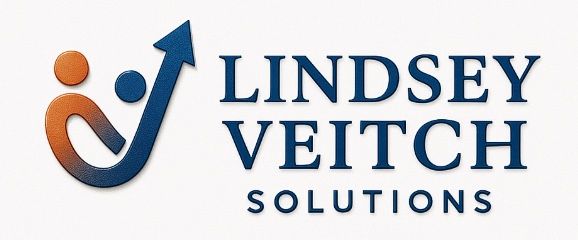Common Misconceptions About Customer Feedback Analysis in the US
Understanding Customer Feedback Analysis
Customer feedback analysis is crucial for businesses aiming to improve their products and services. However, despite its importance, there are several misconceptions that can lead companies astray. By addressing these misunderstandings, businesses can harness the full potential of customer feedback.

Misconception 1: Only Negative Feedback Matters
One common belief is that only negative feedback is valuable for improvement. While it's true that constructive criticism can highlight areas needing attention, positive feedback is equally important. Understanding what customers love about your product can help you strengthen these aspects and maintain high satisfaction levels.
Positive feedback also provides an opportunity to identify what sets your brand apart from competitors. By focusing solely on negative comments, businesses may overlook key strengths that contribute to customer loyalty and advocacy.
Misconception 2: All Feedback Is Created Equal
Another misconception is that all feedback should be treated with equal importance. However, not all customer comments carry the same weight. It's essential to differentiate between feedback from loyal customers, one-time buyers, and those who may not fully understand the product. Analyzing the context and source of feedback helps in prioritizing actions that will truly benefit your business.

Moreover, businesses should consider the volume of similar feedback before making significant changes. A single opinion might not warrant an overhaul, but repeated concerns or praises should certainly be noted.
Misconception 3: Feedback Collection Is a One-Time Task
Some businesses mistakenly believe that gathering customer feedback is a one-off task. In reality, feedback collection should be a continuous process. Customer preferences and market trends are ever-changing, and regular feedback ensures that businesses can adapt accordingly.
Implementing a strategy for ongoing feedback collection, such as periodic surveys or follow-up emails, allows businesses to stay aligned with customer expectations and maintain competitive advantage.

Misconception 4: Feedback Analysis Requires Complex Tools
The idea that sophisticated software is necessary for effective feedback analysis is another misconception. While advanced tools can offer in-depth insights, small businesses with limited resources can still perform valuable analyses using basic methods like manual coding or simple spreadsheets.
The key is to focus on identifying patterns and trends within the feedback, regardless of the tools used. Start small and gradually incorporate more complex solutions as needed.
Conclusion: Embracing a Balanced View
By dispelling these misconceptions, businesses can develop a more nuanced approach to customer feedback analysis. Recognizing the value of both positive and negative feedback, prioritizing significant insights, maintaining regular collection efforts, and utilizing appropriate tools are all integral to leveraging feedback effectively.
In today's competitive landscape, understanding and acting on customer feedback can make the difference between a thriving business and one that's struggling to keep up. Embrace a balanced view of feedback analysis to propel your business forward.
